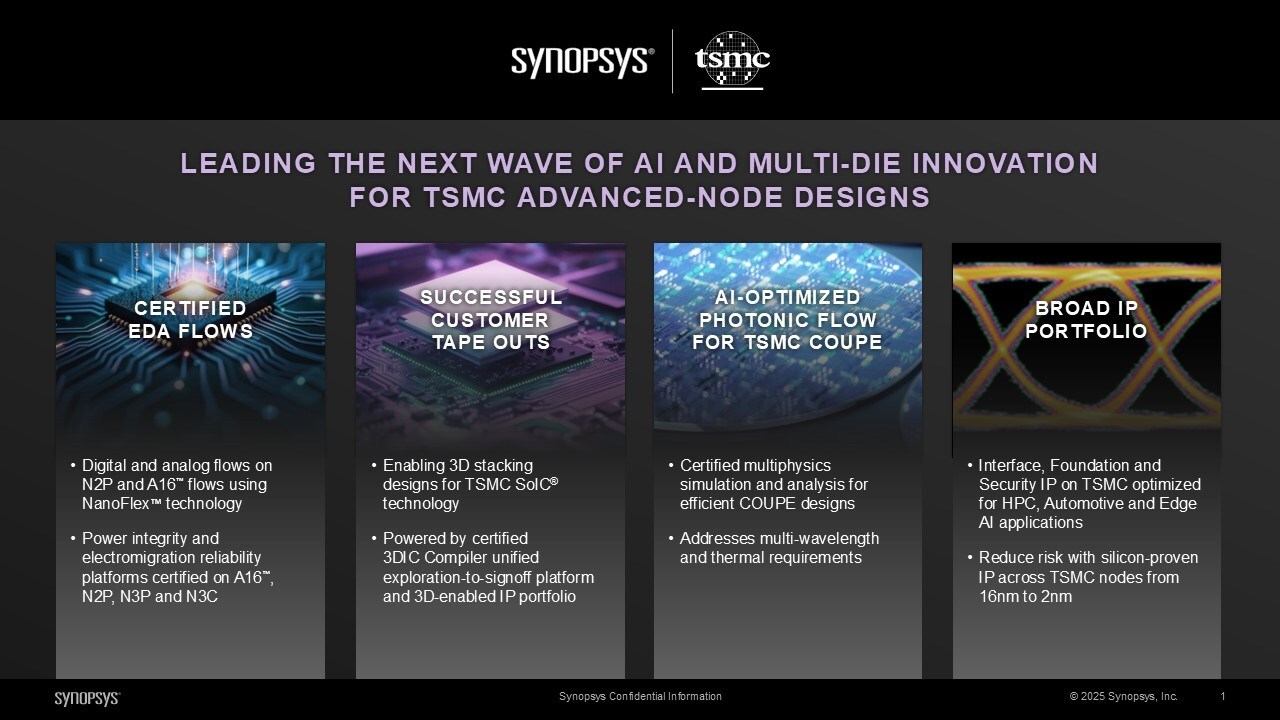Insights:
- Synopsys and GlobalFoundries launch a global pilot program offering a ‘chip design to tapeout’ curriculum to universities.
- Over 40 universities worldwide participate, gaining access to professional-grade EDA tools and advanced manufacturing capabilities.
- The program bridges academia and industry by enabling students to design and fabricate real silicon chips affordably.
- Training for professors and comprehensive course content are integral to embedding hands-on chip design into academic curricula.
- This initiative supports workforce development and accelerates semiconductor innovation by cultivating practical engineering skills.
Synopsys and GlobalFoundries have partnered to introduce a pioneering educational program aimed at equipping university students with practical experience in chip design and fabrication. This pilot initiative, launching at over 40 universities worldwide, provides students and professors with professional-grade electronic design automation (EDA) tools from Synopsys and access to manufacturing through GlobalFoundries’ multi-project wafer program. By significantly lowering the cost barriers associated with custom silicon production, the program allows students to transform design concepts into tangible silicon chips.
The collaboration goes beyond providing tools; it includes training professors to lead hands-on courses and offers detailed curriculum support. This integrated approach bridges theoretical learning with real-world semiconductor processes, fostering a deeper understanding and skillset for the next generation of engineers. The program exemplifies a commitment to semiconductor workforce development and academic-industry collaboration, addressing critical skill gaps while accelerating innovation.
GlobalFoundries’ University Partnership Program amplifies this effort by aligning research projects with cutting-edge semiconductor technologies, further enriching the educational experience. Together, Synopsys and GlobalFoundries are shaping the future of chip design education and empowering talented students to contribute meaningfully to the semiconductor industry’s evolving landscape.
Note: All images and Products & Trademarks mentioned in this article are copyrighted to companies:
Synopsys, Inc., GlobalFoundries
